 Divide the first term of the dividend by the first term of the divisor, and write the result as the first term of the quotient. Multiply the whole divisor by the first term of the quotient, and subtract the product from the dividend. Divide the first term of the dividend by the first term of the divisor, and write the result as the first term of the quotient. Multiply the whole divisor by the first term of the quotient, and subtract the product from the dividend.  Elementary Algebra - Page 106by George William Myers, George Edward Atwood - 1916 - 338 pagesFull view Elementary Algebra - Page 106by George William Myers, George Edward Atwood - 1916 - 338 pagesFull view - About this book
 | William Frothingham Bradbury - Algebra - 1868 - 264 pages
...• RULE. Arrange the divisor and dividend in the order of the powers of one of the letters. Divide the first term of the dividend by the first term of the divisor ; the result will be the first term of the quotient. Multiply the whole divisor by this quotient, and... | |
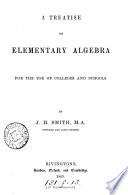 | James Hamblin Smith - 1869 - 412 pages
...one symbol, and place them in the same line as in the process of Long Division in Arithmetic. Divide the first term of the Dividend by the first term of the Divisor. Set down the result as the first term of the Quotient. Multiply all the terms of the Divisor by the... | |
 | Joseph Ray - Algebra - 1866 - 420 pages
...POLYNOMIAL BY ANOTHER. 1. Arrange the dividend and divisor with reference to a certain letter. 2. Divide the first term of the dividend by the first term of the divisor, for the first term of the quotient. Multiply the divisor by this term, and subtract the product from... | |
 | Benjamin Greenleaf - Algebra - 1871 - 412 pages
...RULE. ¿arrange loth dividend and divisor according to the decreasing powers of some letter. Divide tbe first term of the dividend by the first term of the divisor, and write the result for the first term of the quotient. Multiply the whole divisor by this term, and... | |
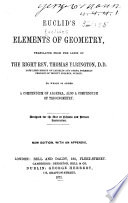 | Euclid - Geometry - 1872 - 284 pages
...according to the power or index of a, we place them thus, a6d — ate + cPb + a2 ; and then proceed by dividing the first term of the dividend by the first term of the divisor, placing the result in the quotient. "We next multiply the whole divisor by the quotient thus found,... | |
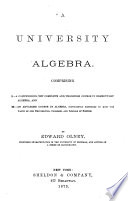 | Edward Olney - Algebra - 1873 - 354 pages
...polynomials. • EULE. — HAVING ARRANGED DIVIDEND AND DIVISOK WITH REFERENCE TO THE SAME LETTER, DIVIDE THE FIRST TERM OF THE DIVIDEND BY THE FIRST TERM OF THE DIVISOR FOR THE FIRST TERM OF THE QUOTIENT. TlIEN SUBTRACT FROM THE DIVIDEND THE PRODUCT OF THE DIVISOR INTO... | |
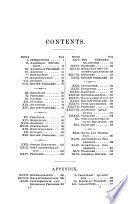 | Daniel Barnard Hagar - Algebra - 1873 - 278 pages
...Polynomial. — Arrange the divisor and dividend according to the powers of one of their letters. Divide the first term of the dividend by the first term of the divisor, and write the result for the first term of the quotient; multiply the whole divisor by it, and subtract... | |
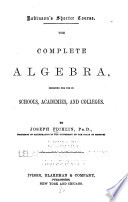 | Joseph Ficklin - Algebra - 1874 - 446 pages
...according to the descending powers of a common letter as a, the first term of the quotient is found by dividing the first term of the dividend by the first term of the divisor. Hence, in this example the first term of the quo;• . - 8«4 , •> tient is nj = 4a2. Again, the... | |
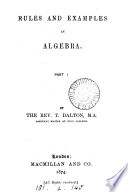 | Thomas Dalton - 1874 - 236 pages
...When the divisor consists of more terms than one, the division is performed as follows : — divide the first term of the dividend by the first term of the divisor, placing the result as the first term of the quotient or answer : multiply the whole of the divisor... | |
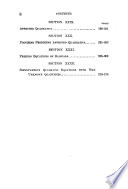 | Edward Olney - Algebra - 1874 - 232 pages
...a*—2ax+x' times 33. RULE.—Having arranged dividend and divisor with reference to the same letter, divide the first term of the dividend by the first term of the divisor for the first term of the quotient. Then subtract from the dividend theproduct of the divisor into... | |
| |